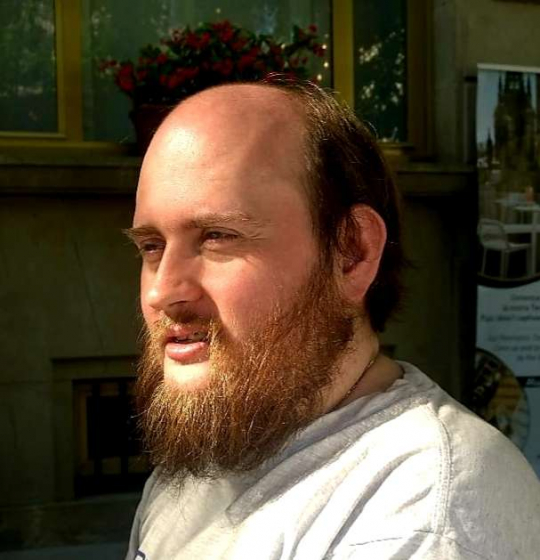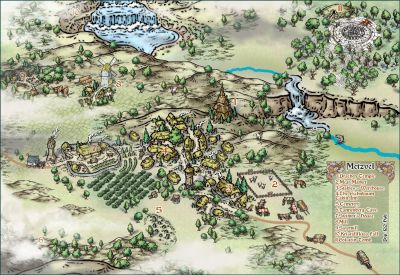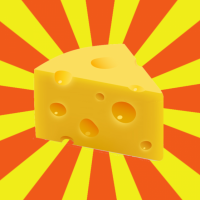
Monsen
Monsen
About
- Username
- Monsen
- Joined
- Visits
- 693
- Last Active
- Roles
- Administrator
- Points
- 8,940
- Birthday
- May 14, 1976
- Location
- Bergen, Norway
- Website
- https://atlas.monsen.cc
- Real Name
- Remy Monsen
- Rank
- Cartographer
- Badges
- 27
-
Stuck with a Template
The symbol behavior is down to you having lots of unrelated stuff on the HEX/SQUARE grid layer. Hex symbols are special symbols that automatically align with the hex grid, but all that other stuff is basically just confusing them.
As for the export, it looks for the lines on the MAP BORDER layer to see what area to export (If you have the restrict to map border option on), and if you check that layer, you'll see that the defining lines (green in your map) just covers the map area, and do not extend to include those informational areas.
-
Problem making a symbol fill
Hatch styles are just CC3+ drawings. Very similar to symbol fill, but it uses an .fcw file instead of a symbol. You'll find all the existing ones in @Hatch Styles.
Hatch styles are not normal fills however, and only work with drawing tools. If you make a custom drawing tool, and set the outline to be an extra entity, you can pick the desired hatch style in the properties for it in the tool. The list here is just all the files in @Hatch Styles.
These hatch styles should be basic, simple drawings.
I know Ralf have done some work on hatch styles in some of the live videos. I'll update this post with links if I can identify them.
Here's one explanation:
-
Problem making a symbol fill
The issue here is with the wide lines. Unfortunately, symbol fills cannot have lines with a width other than 0, nor can they have solid filled polygons.
If you change the line width to 0, it should work, but that probably won't be the look you are after then.
You're probably better off making that as a png image instead and using it as a regular bitmap fill instead.
-
Export Azgaar's Fantasy Map Generator files to FT3+ or CC3+
I am not familiar with that tool, but looking at it, it doesn't seem to be able to export maps in a format CC3+ can use. Which gives you two options:
- Use their svg export, find an online svg to dwg/dxf converter online, and then import the result from that into CC3+. That preserves the vector maps, but you're probably going to end up with a pretty bare version that needs lots of work before it is back in a state similar to what you have online.
- Use their image export, import the image into CC3+ and trace it. This has two downsides. First of all, tracing is quite a bit of work for a large map like the one created there, and secondly, their image export is a bit limited. If you export it as a single image you're not really get much detail, while the highest scale export is a nice high quality, it still isn't close to getting all the detail you can get by zooming in, and while their tiling function can be used to get a much higher detailed result, dealing with a huge number of tiles that needs to be assembled has it's own challenges.
-
Problem making a symbol fill
It works fine for me, so it doesn't seem to be a general problem. But of course, that doesn't help you.
Let's start with the blank preview. Make sure the sample width is set to something sensible. Often it defaults to something so small that it only shows a tiny section of your pattern, which may be a blank area. Since your pattern is 20x20, try something like 100. Not that this is really important, it is just a preview after all, what matters is if it works when you try to use it in the map, which you didn't mention at all if that was a problem or not.
Now, as for the crashing. That dialog can sometimes be a bit fickle when you add/remove styles. My general recommendation is always make everything ready, which in your case includes defining the symbol, then save the map. This gives you a read to use starting point in case of a crash. It is also possible to do the fill definition in steps, i.e. go in first, create a new symbol fill, then immediately close the dialog and save. Then go back in, and change the symbol for your new style to the one you made. This makes it easier to track down exactly what causes the crash if it is repeatable.
If you attach your map here with the symbol to use for the fill already defined I can also try to define it, see if everything works fine for me with your map and symbol, or if there is an issue with either.








